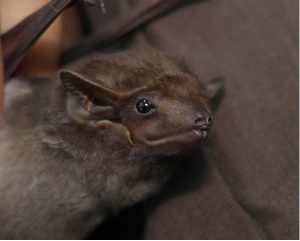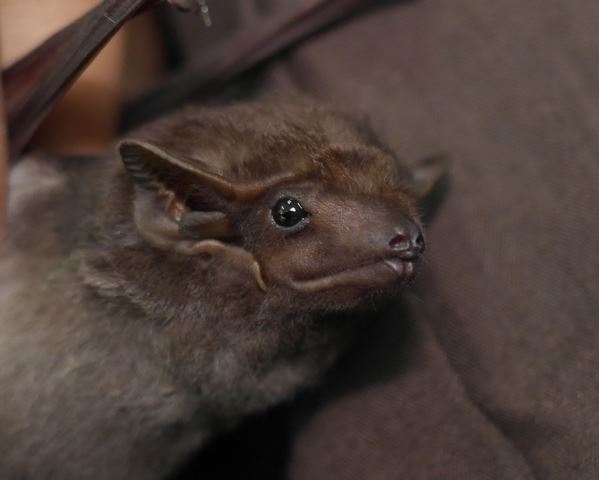Researchers from University of Malaya and China Agricultural University painstakingly searched for all bats’ records in Peninsular Malaysia and found records for 110 species. This first comprehensive list of bat species found in Peninsular Malaysia has been published in the scientific journal PLOS ONE recently.

Credit : VC Lim
Bats made up about 50% of mammal species in the tropical forests and 20% of mammal species worldwide. There are at least 1300 species of bats around the world, but the number of bat species in Peninsular Malaysia was previously unknown.
Though several lists of bat species have covered Peninsular Malaysia as part of a broader region (for example, the Indo-Pacific) or been assembled for particular locations in Peninsular Malaysia such as Krau Wildlife Reserve and Ulu Gombak Forest Reserve, no comprehensive list had been produced specifically for the entire Peninsular Malaysia. It is indeed important for the development of suitable conversation plans to know which species are present in Peninsular Malaysia and where they have been reported.
The lack of information on the number and distribution of bat species in Peninsular Malaysia prompted researchers from University of Malaya and China Agricultural University to compile a list of bat species specifically for Peninsular Malaysia. A painstaking search of records was carried out, which dated from mid 1800s to present, and revealed that at least 110 species of bats have been recorded in Peninsular Malaysia.
Seven species including the Painted Woolly Bat and Marshall’s Horseshoe Bat had only been recorded once. For 18 species, the most recent record was found before year 2000. Further surveys of bats will be required to determine whether the lack of recent records is due to the declining populations of bats or other contributing factors.
A check with the International Union for Conservation of Nature (IUCN) revealed that ten of the bat species recorded in Peninsular Malaysia are considered “Vulnerable”, 15 species are “Near Threatened”, and 71 species are of “Least Concern”. Six are “Data Deficient” and eight have yet to be assessed for a conservation status.
The study also reported progress made towards a DNA barcode library of bat species from Peninsular Malaysia. DNA barcodes are the codes of short specific fragments of DNA that are different between species, and is used to identify species in the way a supermarket scanner distinguishes consumer products using the black stripes of the Universal Product Code (UPC). 48 of the 110 bat species found in Peninsular Malaysia have DNA barcodes registered in the Barcode of Life Datasystems (BOLD), a global repository of DNA barcodes.
The compilation of all previous records of bats in Peninsular Malaysia revealed many species of bats which can only be found in special areas such as caves, limestone hills, islands, mountains and primary forests. The rapid expansion of agricultural land and urbanisation in Peninsular Malaysia are dramatically reducing the suitable habitats for these bats and consequently threatening their survival. For example, Boonsoong’s Roundleaf Bat was last recorded in 1982 before the roosting cave at Gunung Keriang, Kedah collapsed due to limestone mining activities.
As the new list includes all the previously reported locations of each bat species in Peninsular Malaysia, it is hoped that this list will provide a baseline for monitoring declines and rediscoveries of bat species.







